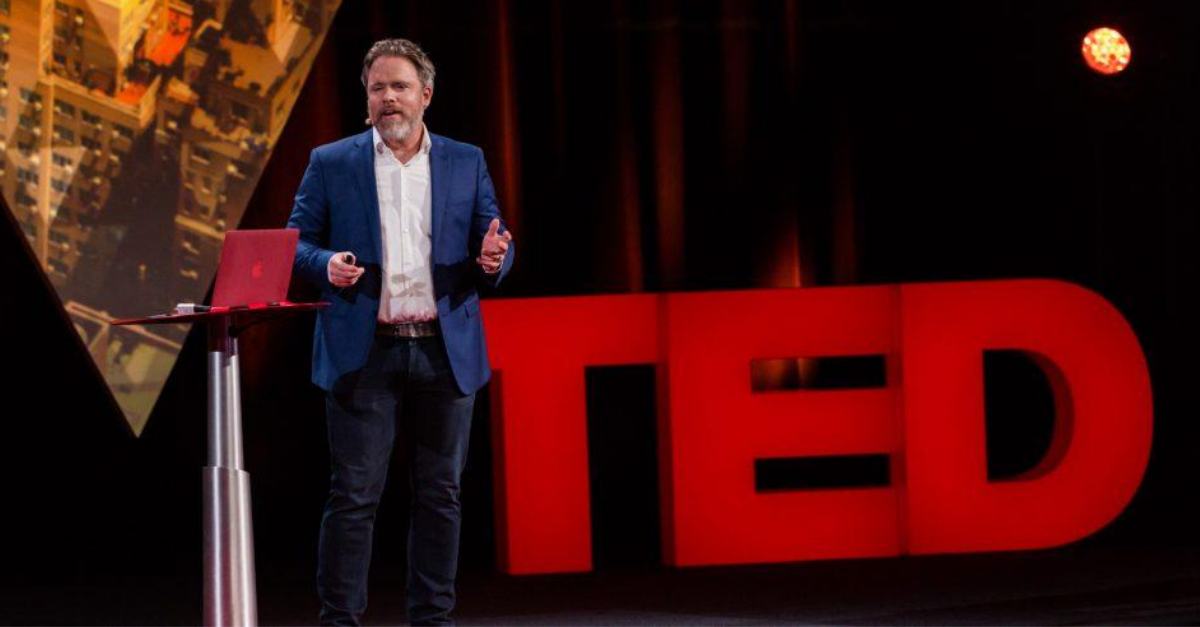The Radicalization of Bangladeshi Cyberspace
By Robert Muggah
Published in the Foreign Policy
At 8:45 pm, five gunmen stormed the Holey Artisan Bakery, an upscale establishment in Dhaka, the capital of Bangladesh. The siege lasted more than 12 hours. By the time it was over, 22 people were dead, most of them foreigners. While other terrorist attacks have occurred in Bangladesh since that fateful evening on July 1, 2016, the massacre at Holey Artisan is considered the deadliest terrorist attack in the country’s history. It also triggered new thinking about how to counter violent extremism and gave rise to efforts that can serve as a model for other countries tackling similar problems.
In the months and years following the incident, Bangladeshi intelligence and police agencies cracked down on sleeper cells and extremist networks. Their primary focus was on capturing or killing high-profile targets associated with the Islamic State or a local Islamist terrorist network, Jamaat-ul-Mujahideen Bangladesh. Dozens of suspects were rounded up and arrested; 20 were eventually charged. At least seven of them were sentenced to death in Nov. 2019. Another eight suspects were killed during counterterrorist operations in different parts of the country.
Leia mais



